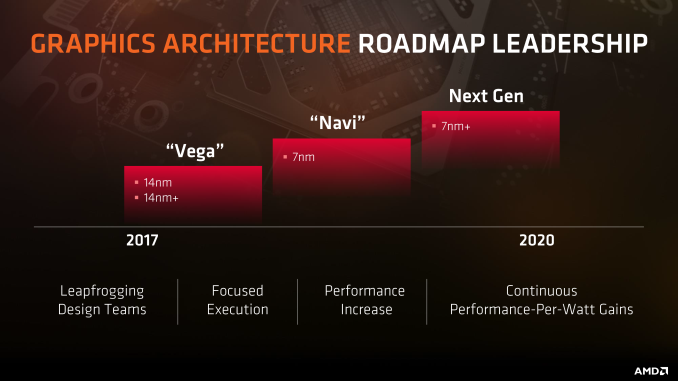Associate
- Joined
- 19 Jun 2017
- Posts
- 1,029
card is releasing next week, and we are still clueless about its specs. AMD, still playing these childish mental marketing games. Just show us the *%£!&$# card you idiots. So bored with it all now.
rx vega: made by splicing unicorn and hippogriff DNA and seasoned with pixie dust... it will be in stock soon





